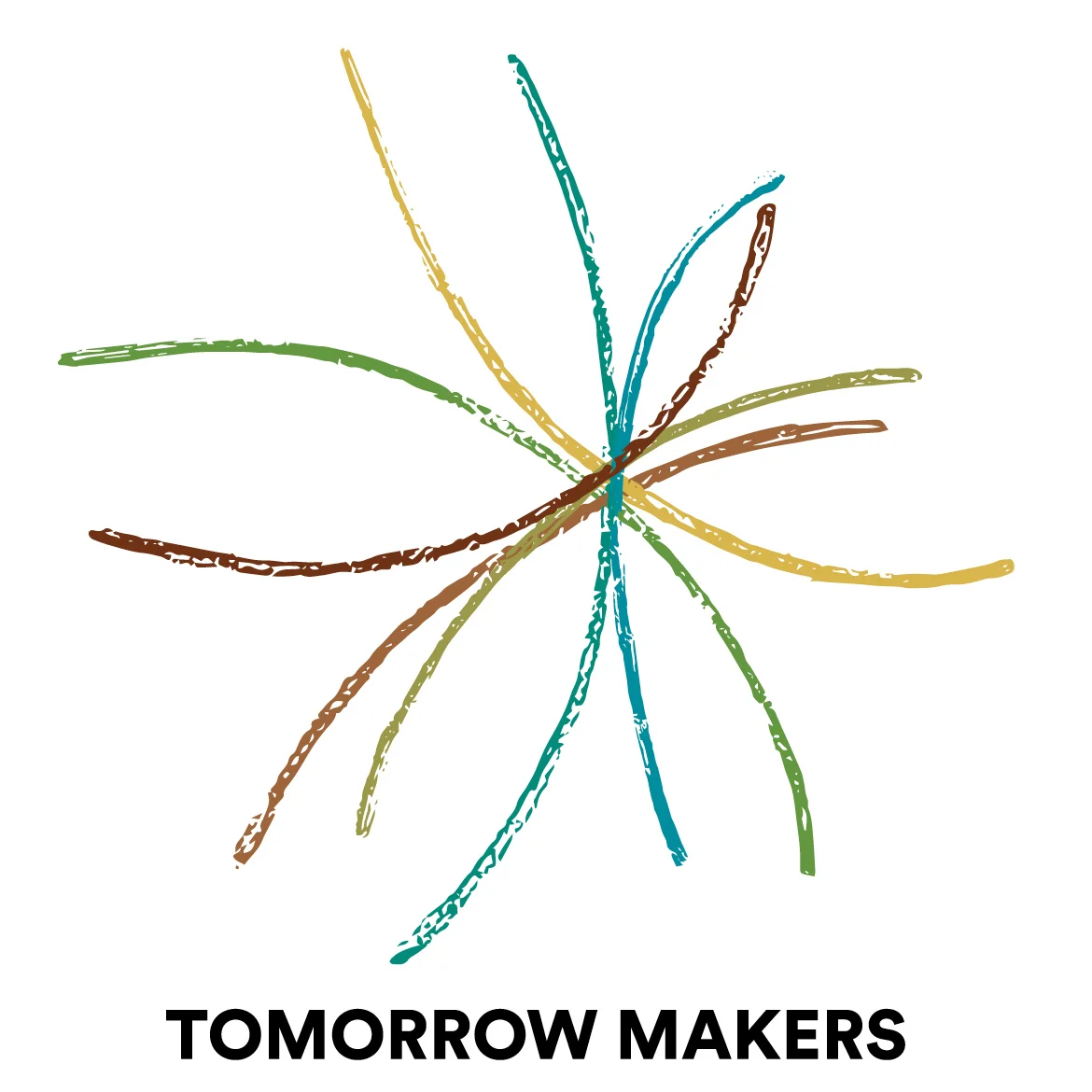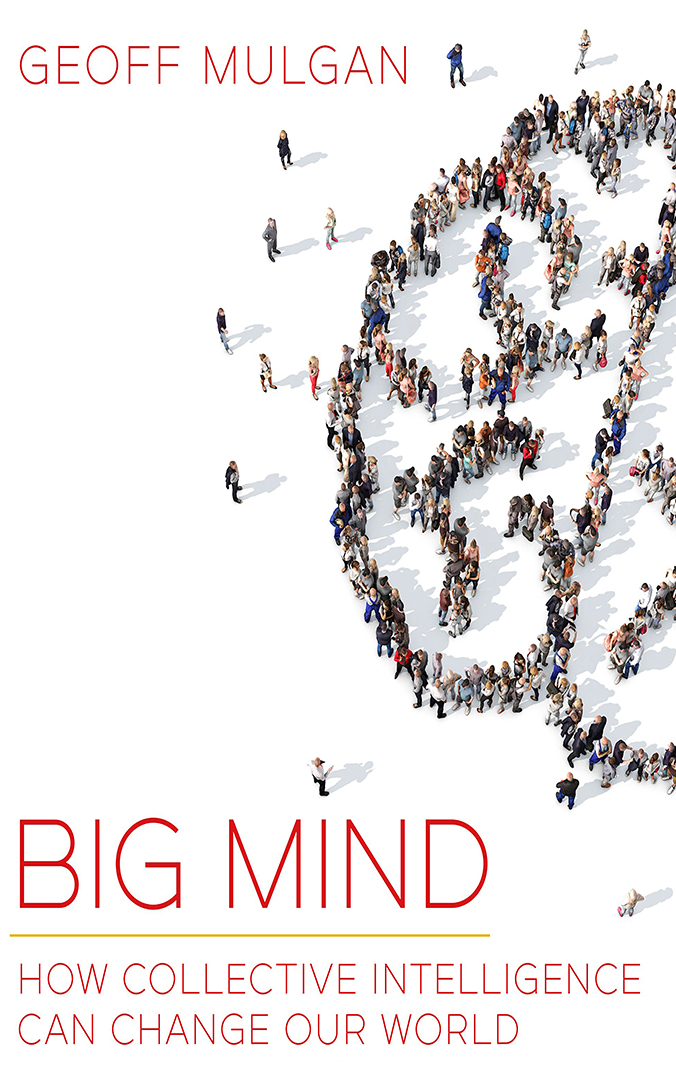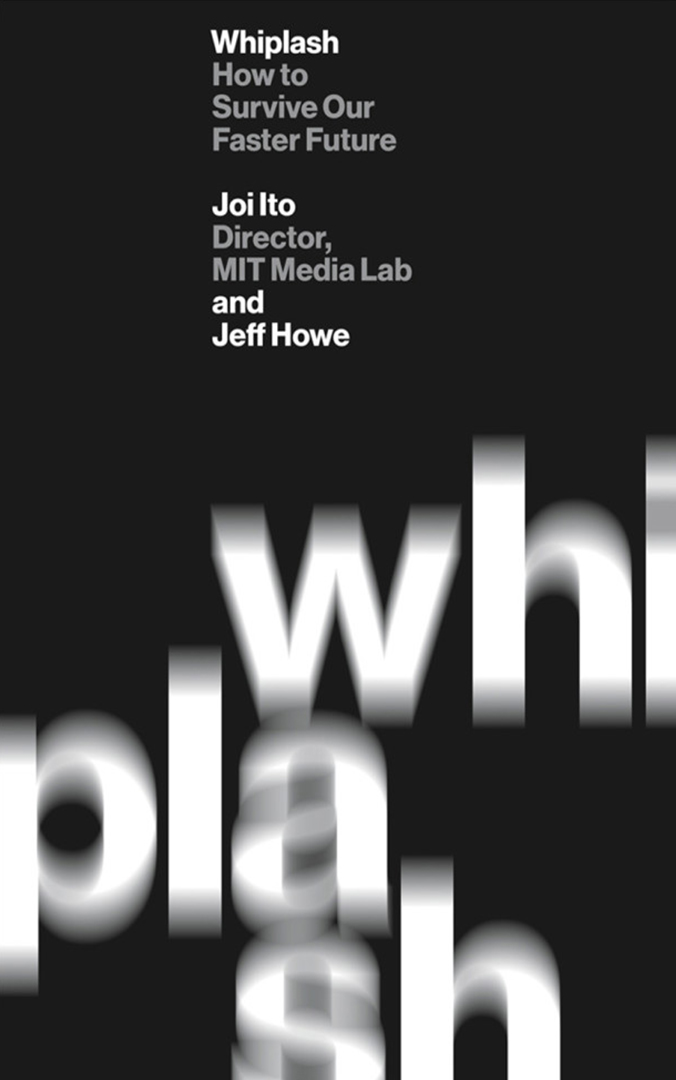The books listed below are but a small sampling of Gail Taylor’s vast library. These are among those that Gail was particularly appreciative of and enjoyed sharing with friends and colleagues.
Generative Scribing: A Social Art of the 21st Century
By Kelvy Bird
While Kelvy features her love and expertise in scribing, the book is so much more! She offers a way of seeing with new eyes and from many different vantage points. In her words, the book is "for scribes, facilitators, coaches, and organizers, and for anyone who cares about how we exist together as humans. It is for those who want to explore their interior functioning, to approach the world anew".
Collaboration by Design
By Philippe Coullomb & Charles Collingwood-Boots
I am really pleased with this book and proud to have played some part in its coming about. There are now a number of books that have been written from the perspective of the MG Taylor DNA—its foundational way of working. Collaboration by Design is more in the spirit of our process in its collaboration with others, multiple voices, organizational style. It is well worth purchasing, reading and referencing. And it can certainly be used in the process of teaching others the knowhow of the work of "Where To From Here?".
Free Play: Improvisation in Life and Art
By Stephen Nachmanovitch, 1990
A classic. A book to carry with you, to love and grow with. It is actually difficult to say more about this book than the title expresses. I have never been so touched by a book about creativity and life as I have with Free Play. Thank you Stephen.
How the Hippies Saved Physics: Science, Counterculture, and the Quantum Revival
By David Kaiser, 2011
Matt and I met in the 70's and both of us, while theoretically too old to be hippies, some say we were forerunners. Exploring physics, and like so many others, trying to decrease the borders and open up various fields to each other. We were exploring, researching and reading avidly about the emergence of a new paradigm... well before we could see it or really understand what was happening.
The Collaboration Code: Patterns
By Rob Evans, 2016-2023
Rob is assembling a set of books based on the MG Taylor process and methods and its evolution into organizations and communities throughout the world. Beginning with the DNA of the process found on the website and in our early Facilitation and 7-Domain manuals, he has added as others have added the many new modules and ideas generated through use by many dozens of individual practitioners. Tools is one of five. Patterns is also available. Matt and Rob are both working on Models. Order the book through Rob rob@imaginal-labs.com.
From the Front of the Room: Notes on Facilitation for Experienced Practitioners
By Dan Newman, 2015
Dan's book is a collection of ideas that he has picked up over his 25 years of facilitating from the front of the room. This is a solid book of ideas around the entire process of facilitation from first meeting the client through the entire process of delivery and follow up. This book is filled with good ideas that can increase your awareness for what is possible. Dan's process, unique to him, is born out of the DNA of the MG Taylor Process and method. It’s an honor to see someone like Dan evolve without compromise.
Leaping the Abyss: Putting Group Genius to Work
By Gayle Pergamit and Chris Peterson
"For what can the teeming molecules that hustled themselves into self-reproducing metabolisms, the cells coordinating their behaviors to form multicelled organisms, the ecosystems, and even economic and political systems have in common? The wonderful possibility, to be held as a working hypothesis, bold but fragile, is that on many fronts, life evolves toward a regime that is poised between order and chaos. The evocative phrase that points to this working hypothesis is this: life exists at the edge of chaos… Networks in the regime near the edge of chaos—this compromise between order and surprise—appear best able to coordinate complex activities and best able to evolve as well."
-- Stuart Kauffman, At Home in the Universe
Drawn Together Through Visual Practice
Edited by Brandy Agerbeck, Kelvy Bird, Sam Brass and Jennifer Sheperd
Graphic facilitation is a powerful way for a group to come to know themselves and the work they want to do together. It is no wonder that it so quickly became a part of any good meeting, conference, or problem solving session! It should be read, enjoyed, and employed by all wanting to improve and accelerate the rate of change and the innovation within a organization, executive team or community. The more diversity in the room, the more powerful and important visual imagery becomes.
One Body Massage: Stop and Touch Each Other
By Grace Ku
I came to know Grace because she was part of the MG Taylor knowledge worker network. I love it when people go on to other professions, having passed through the network, picking up many of the nuances from our work and make it useful in other settings. In this book, Grace offers both strength and gentleness. She is both direct and soft. She brings together healing moments weaving them together from the past and the future.
The Hidden Life of Trees: What They Feel, How They Communicate
By Peter Wohlleben, 2015
This book is another treasure teaching us so much about life and intelligence. What can trees teach us about networks, diversity, ecosystems, learning, and helping each other? Wonderfully rich with contextually… I sometimes wonder why people ask me why I read non-business books on things like systems and transformation. Nature is our teacher, not the other way around.
Out of Control
By Kevin Kelly, 1993
I can't tell you how many times I have gone to the dictionary to look up a word or how many thinkers and explorers I have been introduced to because of this book. While not a business book, it is often named as the most important read for executives of any organization. It is now 15 years old and still informing, still raising essential questions for a culture in transformation. I have been referring to Chapter 4: assembling complexity for 15 years now. The idea of phase transitions, emergence, attracting versus selling... these all come from this chapter. I have become much more organic in my planning and responding to ideas.
Landmarks
By Robert Macfarlane, 2017
That word “astonishing” is a clue. For a sense of mystery, what Macfarlane describes as “un-knowing”, along with the precise names for things, is leaching away from our contemporary experience of nature and needs to be revived if we value our relationship to it. “This is not to suggest that we need adopt either a literal animism or a systematic superstition; only that by instrumentalising nature, linguistically and operationally, we have largely stunned the earth out of wonder,” he writes in his opening chapter.
What Do You Do With an Idea?
By Kobi Yamada; Illustrated by Mae Besom, 2015
I have written a journal page about this book but think it belongs with these classics. There is so much to learn from children's books
"What do ideas become? Big things, brave things, smart things, silly things, good things, Things like stories, artwork, journeys, inventions, communities, products and cures. Everything you see around you was once an idea." (from the back cover of the book)
Big Mind
By Geoff Mulgan, 2017
"How do societies, governments, or governing systems solve complex problems, or to put it another way, how do collective problems find collective solutions?"
Individual neurons only become useful when they're connected to billions of other neurons. In a similar way, the linking up of people and machines makes possible dramatic jumps in collective intelligence. When this happens, the whole can be much more than the sum of the parts." page 21 of Ibook format.
Humanity in a Creative Universe
By Stuart Kauffman
“THE TRUE AIM of this book is civilizational. Indeed, we are the aim of this book. So much lies before us. We so wrongly think we know our worlds. We so wrongly believe that we can pose and answer our questions, when we often cannot even pose them adequately. We know intuitively that the becoming of our human lives, cultures, and economies is open and creative in ways not heeded by contemporary science.”
Excerpt From: Stuart A. Kauffman. “Humanity in a Creative Universe.” iBooks. https://itunes.apple.com/us/book/humanity-in-a-creative-universe/id1076753879?mt=11
A World of Three Zeros: The New Economics of Zero Poverty, Zero Unemployment, and Zero Net Carbon Emissions
By Mahammad Yunus
Yumus reveals another piece of the New Economy... one very different than the one we developed for our industrial, material economy.
Whiplash: How to Survive Our Faster Future
By Joi Ito and Jeff Howe
An important book. Not a deep one, but relevant and to the point. The new paradigm is vastly different from the one we are leaving which complicates the complexities for the world right now. Ito has many good and relevant things to say about education.
Small Arcs of Larger Circles: Framing Through Other Patterns
By Nora Bateson
Essential reading for anyone involved in creating a more wholistic view of reality. This book takes us away from the paradigm that gave rise to our industrial, reductionist, either/or world to one of great beauty and care. Nora provides new words for a new paradigm and brings us face to face with how we come to know learning and the great pleasures we can embrace by thinking/being differently. Her book is transformative and beautiful in all its moods.
Atlas Obscura: An Explorer's Guide to the World's Hidden Wonders
By Joshua Foer, Dylan Thuras and Ella Morton
This book popped out at me during a visit to our local book store and I found myself spending the next hour in a rocking chair in exploration. WOW of the wide open wonder kind. How little I know about human and Earth ingenuity! Open a page anywhere and find delights, curiosities, and oh no!




















